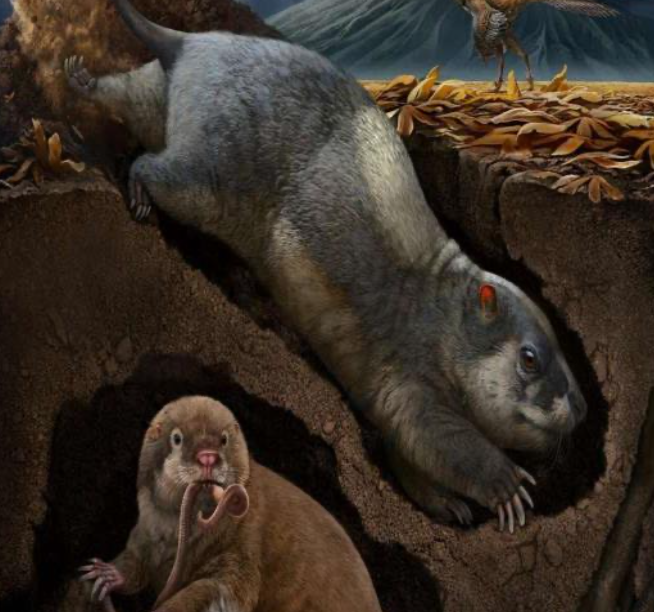The First Scratch-Diggers That Lived 120 Million Years Ago
China, Apr 8: Paleontologists have unearthed two new species of mammal-like burrowing animals that lived about 120 million years ago in the Jehol Biota (includes all living organisms that lived between 133 and 120 million years ago in what is now Northeastern China). One is a mammal-like synapsid called a tritylodontid, which is about a foot in length. It was named Fossiomanus sinensis (in Latin, fossio means “digging”, manusmeans “hand”, and sinensis means “from China”). The other one was about seven inches long and a euticonodonton, a distant relative to modern mammals and marsupials. It was named Jueconodon cheni (In Chinese, jue means “digging”, condon means “cuspate tooth”, and cheni is for Y. Chen, who helped find the fossil). Researchers found that they had shorter, strong forelimbs with claws proving that they were scratch- diggers and lived in burrows. The animals also had another strange feature – an elongated vertebral column.
Usually, mammals have 26 vertebrae from neck to hip. But Fossiomanus had 38 vertebrae and Jueconodon had 28 vertebrae. Scientists believe that this variation must be due to gene mutation (alteration of genetic message in a gene).


